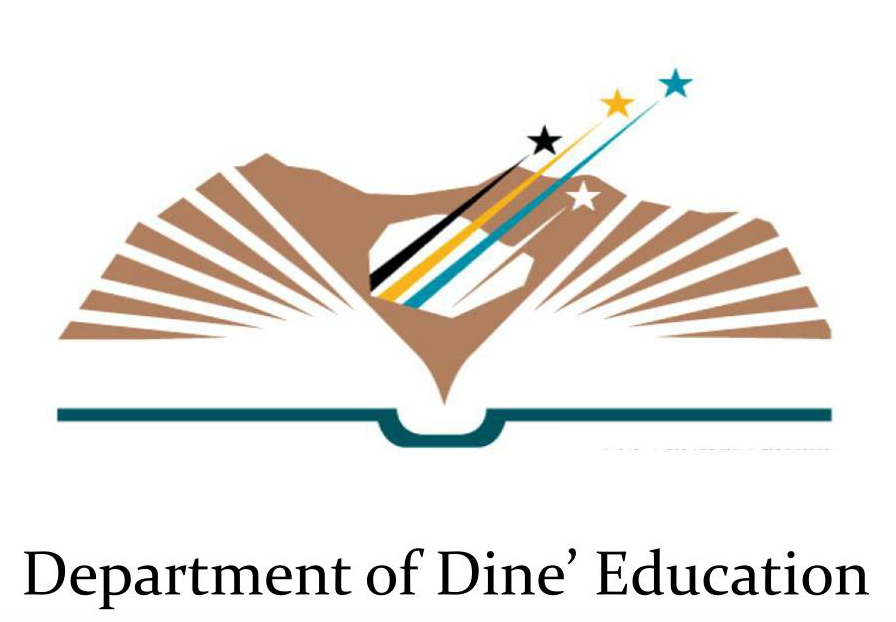
- Details
- By Native News Online Staff
A government textbook written by Diné scholars that will teach about Navajo culture, language, and way of life is in production, according to an announcement from the Navajo Nation.
Written in both English and Navajo, the two-volume textbook for high school students will include Navajo creation stories to teach students about traditional governance and sovereignty, Claudia Edgewater-Russell, Dept. of Diné Education Interim Superintendent of Schools, said in a statement.
The textbook will be created with a $172,500 appropriation from the Nation. Diné historians Jennifer Denetdale and Daryl Begay will edit the book, with contributions from Diné authors in the areas of Diné history, governance, and culture. Denetdale and Bega will work with the Department of Diné Education to ensure the book meets Navajo Nation and state learning standards.
 Make A Donation Here
Make A Donation Here
“We are thankful that the Navajo Nation Council and President Buu Nygren overwhelmingly supported a long overdue project,” Rose Graham, Office of Navajo Nation Scholarship & Financial Assistance director, said in a statement. She credits Navajo Nation Council Delegate Andy Nez for championing several Navajo language projects, including the government textbook, and ensuring funds were appropriated for each in the Navajo Nation budget.
Co-editor Denetdale said the Navajo Nation government textbook fills an urgent need, and could be used for high school students or college courses.
“An informal survey of Diné teachers who attended Northern Arizona University’s Institute for Native-serving Educators (INE) indicates that such a textbook does not exist,” she said. “Meetings with Diné teachers across the Navajo Nation also indicate that there is no current Navajo Nation government textbook specifically for high school students.”
Volume one will focus on the roots of Diné sovereignty and the historical shifts in governance under cycles of colonial intrusions that have shaped the modern Navajo government, according to the Nation. Volume two will explore how American democratic governance principles were used to establish the modern Navajo Nation and the ongoing efforts to return to Diné governance and leadership principles as the foundation of government.
More Stories Like This
Hanging a Red Dress for Christmas: MMIP, Native Higher Education, and Hope for a Better New YearNative Students Can Win $5,000 Scholarship, International Distribution in Pendleton Design Contest
American Indian College Fund Raises Alarm Over Plan to Shift Native Programs Away From the Dept. of Education
MacKenzie Scott Foundation Gives $5 Million Contribution to Little Priest Tribal College
Tribal Leaders Push Back on Dismantling of U.S. Department of Education
Help us defend tribal sovereignty.
At Native News Online, our mission is rooted in telling the stories that strengthen sovereignty and uplift Indigenous voices — not just at year’s end, but every single day.
Because of your generosity last year, we were able to keep our reporters on the ground in tribal communities, at national gatherings and in the halls of Congress — covering the issues that matter most to Indian Country: sovereignty, culture, education, health and economic opportunity.
That support sustained us through a tough year in 2025. Now, as we look to the year ahead, we need your help right now to ensure warrior journalism remains strong — reporting that defends tribal sovereignty, amplifies Native truth, and holds power accountable.
 The stakes couldn't be higher. Your support keeps Native voices heard, Native stories told and Native sovereignty defended.
The stakes couldn't be higher. Your support keeps Native voices heard, Native stories told and Native sovereignty defended.
Stand with Warrior Journalism today.
Levi Rickert (Potawatomi), Editor & Publisher

